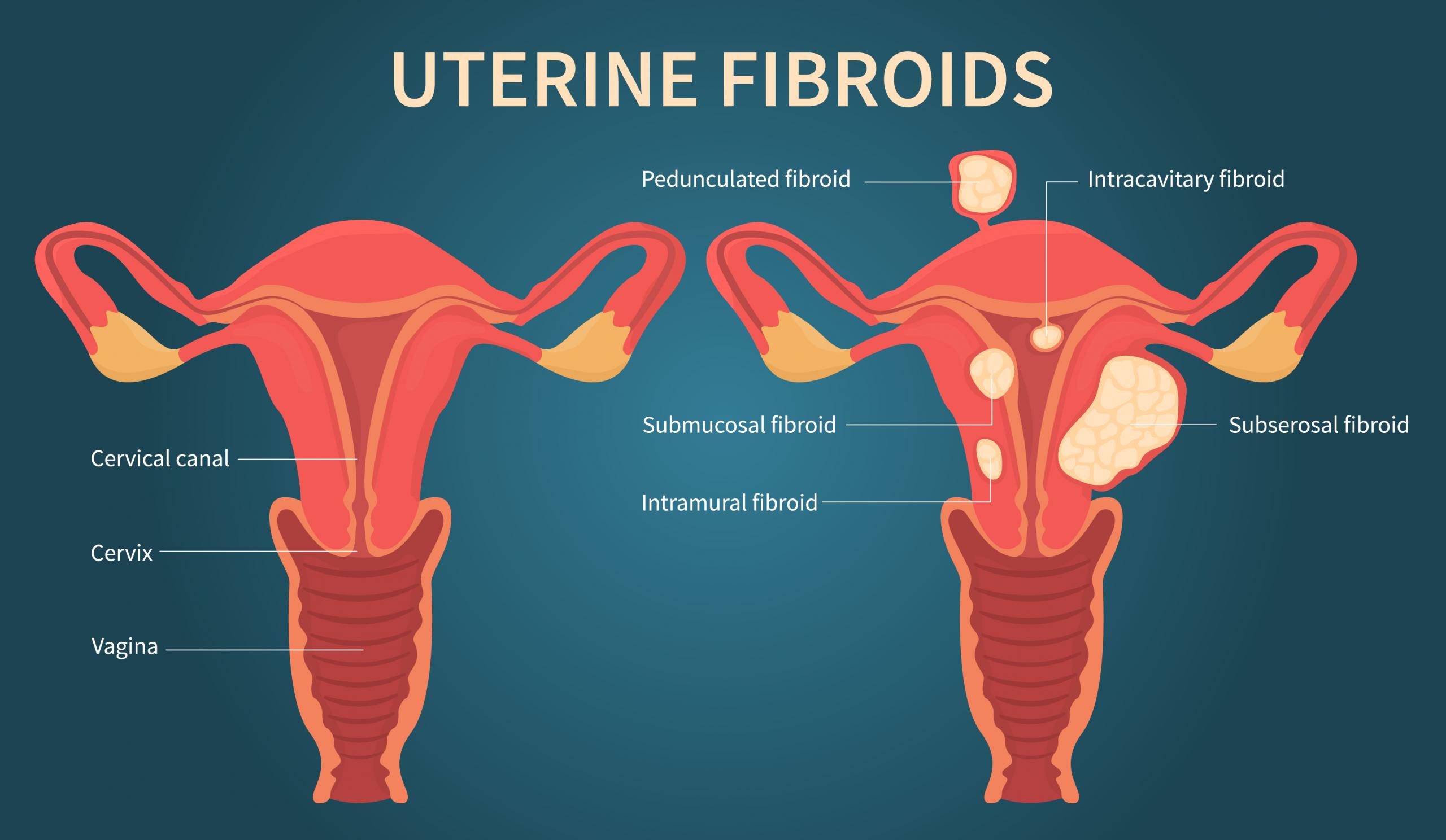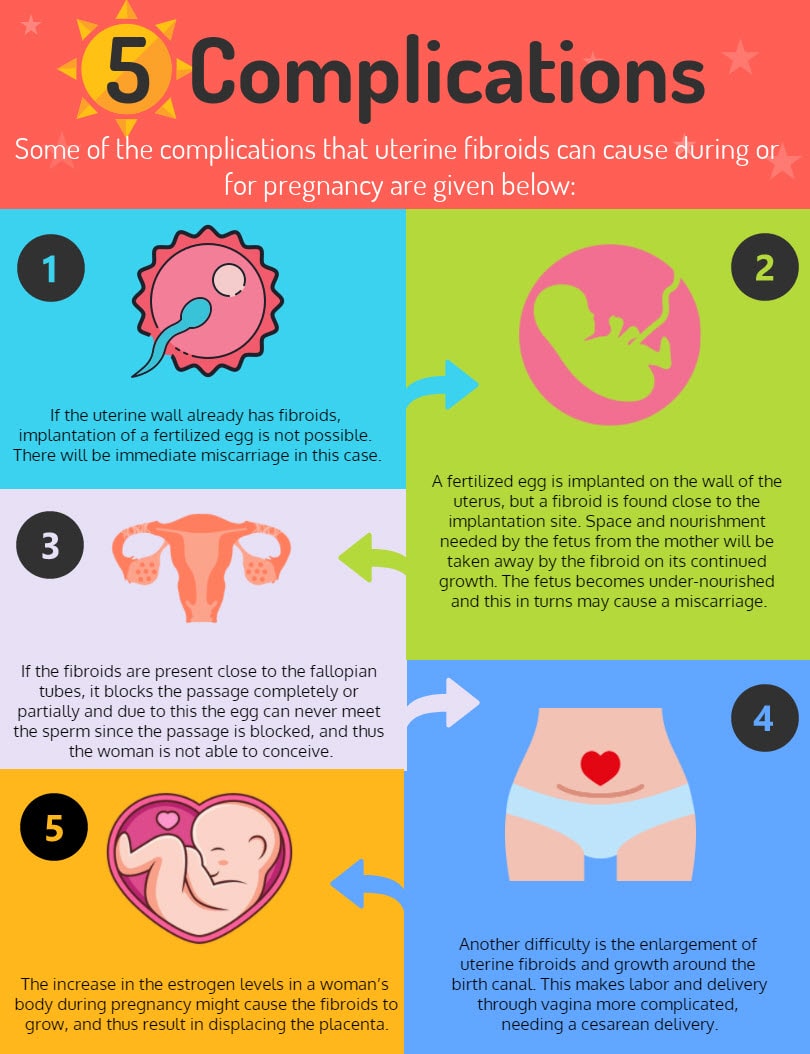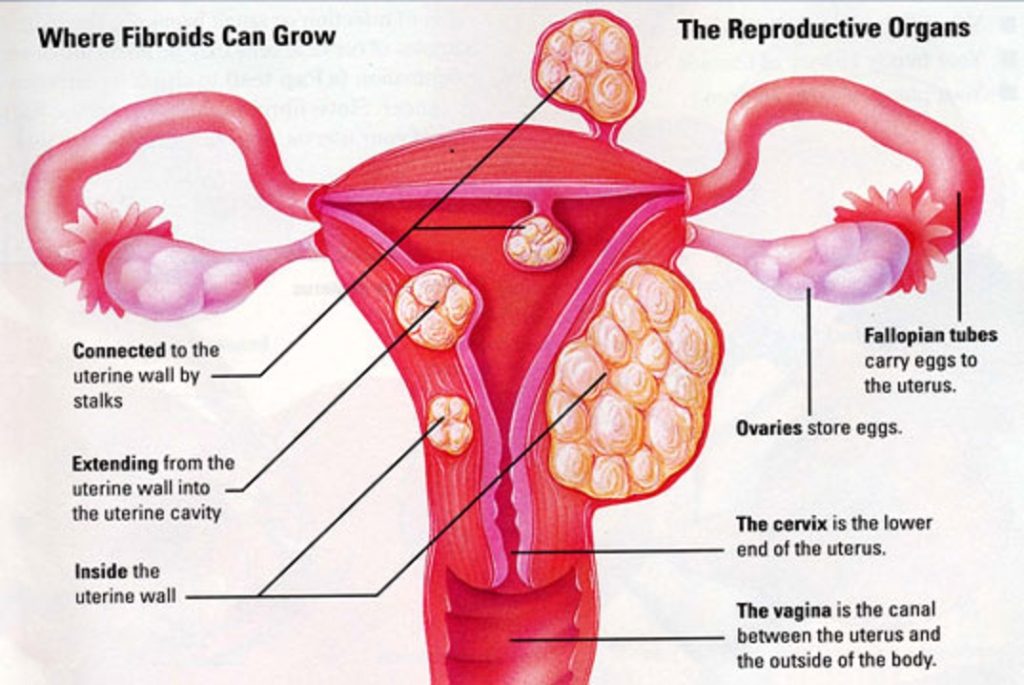Small Fibroid In Uterus Presentation
| Introduction to Small Fibroid in Uterus | ||
|---|---|---|
| A small fibroid is a non-cancerous growth that occurs in the uterus. It is typically less than 5 cm in size. Small fibroids are common and often do not cause any symptoms. | ||
| 1 | ||
| Causes of Small Fibroid in Uterus | ||
|---|---|---|
| The exact cause of small fibroids is unknown. Hormonal factors, such as estrogen and progesterone, may play a role in their development. Genetic factors and family history can also increase the risk of developing fibroids. | ||
| 2 | ||
| Symptoms of Small Fibroid in Uterus | ||
|---|---|---|
| Small fibroids may not cause any symptoms and are often discovered incidentally during routine pelvic exams or imaging tests. Some women may experience symptoms such as heavy or prolonged menstrual bleeding. Other symptoms may include pelvic pain, frequent urination, or pressure on the bladder or rectum. | ||
| 3 | ||
| Diagnosis of Small Fibroid in Uterus | ||
|---|---|---|
| A pelvic exam is usually the first step in diagnosing small fibroids. Imaging tests such as ultrasound, MRI, or hysteroscopy may be used to confirm the diagnosis and determine the size and location of the fibroid. Biopsy may be performed to rule out other conditions or if the fibroid shows suspicious characteristics. | ||
| 4 | ||
| Treatment Options for Small Fibroid in Uterus | ||
|---|---|---|
| Treatment for small fibroids may not be necessary if they are not causing any symptoms. Medications such as hormonal therapy may be prescribed to help manage symptoms such as heavy bleeding. If symptoms are severe or if the fibroid is causing complications, surgical options such as myomectomy or hysterectomy may be considered. | ||
| 5 | ||
| Non-Surgical Treatment Options for Small Fibroid in Uterus | ||
|---|---|---|
| Non-surgical treatment options include uterine artery embolization (UAE), which blocks the blood supply to the fibroid, causing it to shrink. Another option is focused ultrasound surgery, which uses high-intensity ultrasound waves to destroy the fibroid. These treatments are less invasive than surgery but may not be suitable for all patients. | ||
| 6 | ||
| Surgical Treatment Options for Small Fibroid in Uterus | ||
|---|---|---|
| Myomectomy is a surgical procedure to remove the fibroid while preserving the uterus. Hysterectomy involves the removal of the entire uterus and is considered the definitive treatment for fibroids. The choice of surgery depends on factors such as the patient's desire for future fertility and the size and location of the fibroid. | ||
| 7 | ||
| Potential Complications of Small Fibroid in Uterus | ||
|---|---|---|
| Small fibroids usually do not cause complications, but in some cases, they may grow larger and cause symptoms. Rarely, a small fibroid can undergo degeneration, leading to severe pain and other symptoms. In rare instances, small fibroids may become cancerous, although this is extremely uncommon. | ||
| 8 | ||
| Lifestyle and Self-Care Tips for Small Fibroid in Uterus | ||
|---|---|---|
| Maintaining a healthy weight and exercising regularly may help manage symptoms. Managing stress levels and practicing relaxation techniques can also be beneficial. Discussing symptoms and concerns with a healthcare provider is important for appropriate management. | ||
| 9 | ||
| Conclusion | ||
|---|---|---|
| Small fibroids in the uterus are common and often do not cause symptoms. Diagnosis is typically made through a pelvic exam and imaging tests. Treatment options range from observation to medication and different surgical interventions, depending on the severity of symptoms and patient preferences. | ||
| 10 | ||
| References (download PPTX file for details) | ||
|---|---|---|
| Your first bullet... Your second bullet... Your third bullet... |  | |
| 11 | ||









